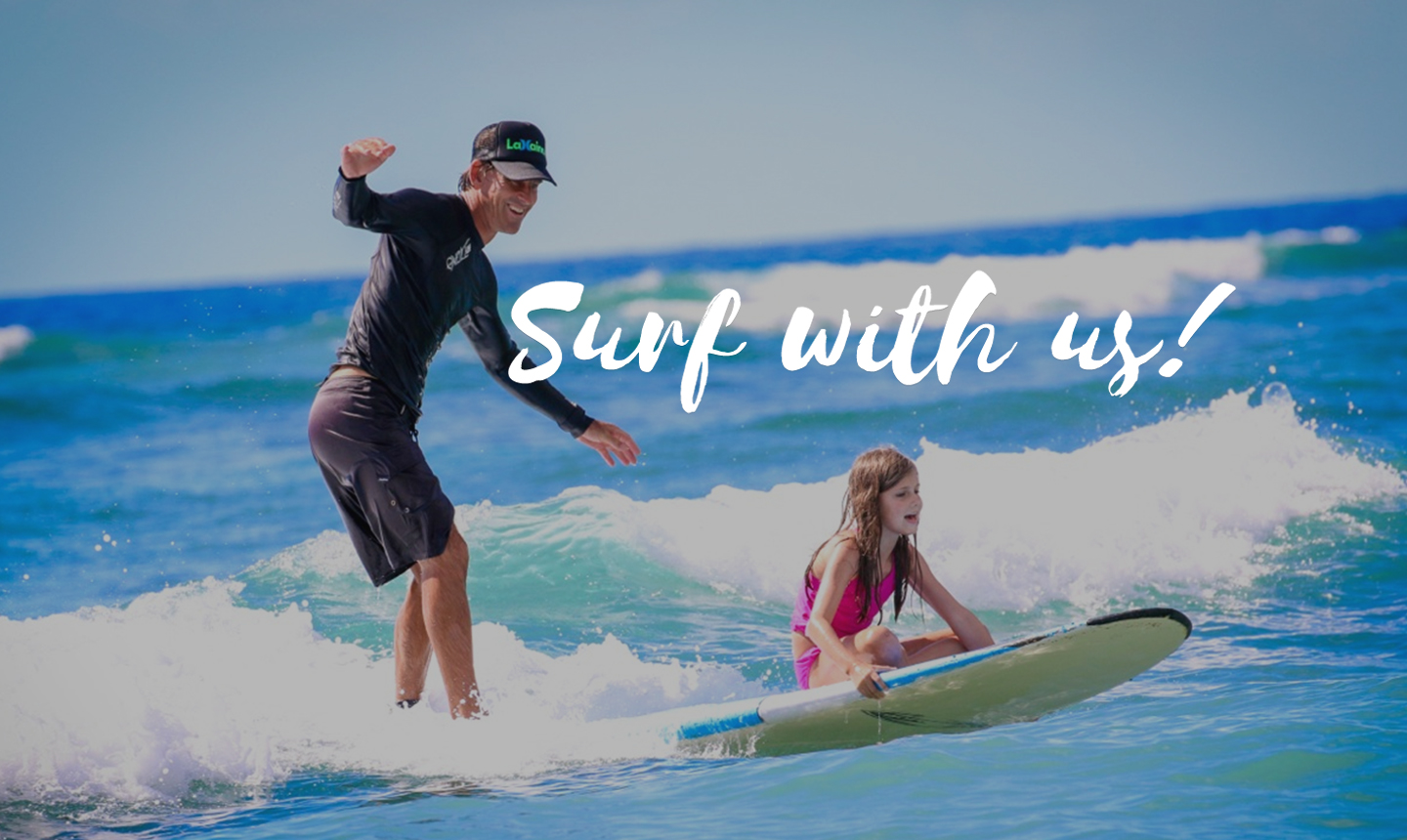20Shift: Your Daily Dose of Insight
Stay updated with the latest trends and news across various domains.
Surfboards and Sunburns: A Beginner's Love Story
Dive into the thrilling world of surfing! Discover the highs, lows, and sun-kissed adventures of a beginner's love story. Surf's up!
Choosing the Right Surfboard for Beginners: A Comprehensive Guide
Choosing the right surfboard is crucial for beginners looking to hit the waves confidently. A beginner surfboard should be stable, easy to maneuver, and buoyant enough to help you catch waves without much effort. Generally, longboards are recommended for new surfers as they offer more stability due to their length and volume. In contrast, shortboards, while popular among experienced surfers, can be challenging for novices due to their smaller size and reduced surface area. When shopping for your first board, consider your weight, height, and the typical wave conditions at your local surf spot.
As you venture into the world of surfing, it's essential to familiarize yourself with the different types of surfboards. Here are some common types to consider:
- Soft-top boards: Perfect for beginners, these boards are more forgiving in case of falls and are generally safer to use.
- Longboards: They are great for stability and are easier to balance on, making them ideal for learning.
- Fish boards: These are shorter with a wider shape, helping you to catch smaller waves effectively.

How to Prevent Sunburn While Surfing: Tips for a Fun Day at the Beach
Surfing is an exhilarating experience, but it often comes with the risk of sunburn, which can ruin a perfect day at the beach. To prevent sunburn while surfing, start with a broad-spectrum sunscreen that has an SPF of at least 30. Apply it generously to all exposed areas of your skin, and remember to reapply every two hours, especially after being in the water. Wearing a rash guard or UPF-rated clothing can provide an extra layer of protection against harmful UV rays. Additionally, consider surfing during the early morning or late afternoon when the sun's rays are less intense.
Staying hydrated is another crucial element in protecting your skin from sunburn. Drinking plenty of water helps maintain your skin's health and mitigates the drying effects of the sun. You might also want to bring an umbrella or a beach tent for some much-needed shade during breaks. Lastly, don't forget to wear protective accessories like a wide-brimmed hat and UV-blocking sunglasses to shield your face and eyes. By following these tips, you can enjoy your time in the water without the worry of sunburn, making it a truly fun day at the beach!
What to Expect on Your First Surfing Lesson: A Beginner's Journey
Embarking on your surfing journey can be both exciting and nerve-wracking. During your first surfing lesson, you can expect to be welcomed by friendly instructors who are eager to share their passion for the waves. The lesson will typically begin with a brief introduction to the basics of surfing, including equipment familiarization—your instructor will show you how to properly use the board and leash. After this, you're likely to go through some essential safety tips, such as understanding the ocean conditions, recognizing the rip currents, and knowing how to fall safely. It's essential to grasp these concepts to ensure a safe and enjoyable experience in the water.
Once you're equipped with the fundamental knowledge, it’s time to hit the beach! Most surfing lessons will start on the sand, where you’ll practice your paddling and pop-up techniques. Don't worry if it feels awkward at first; everyone starts as a beginner! After practicing on land, you'll venture into the shallow waters. Here, your instructor will guide you on how to catch your first wave. Expect a mixture of excitement, exhilaration, and maybe a few tumbles in the water—it’s all part of the learning process! Remember to keep a positive attitude, as every wipeout is a step closer to becoming a proficient surfer.